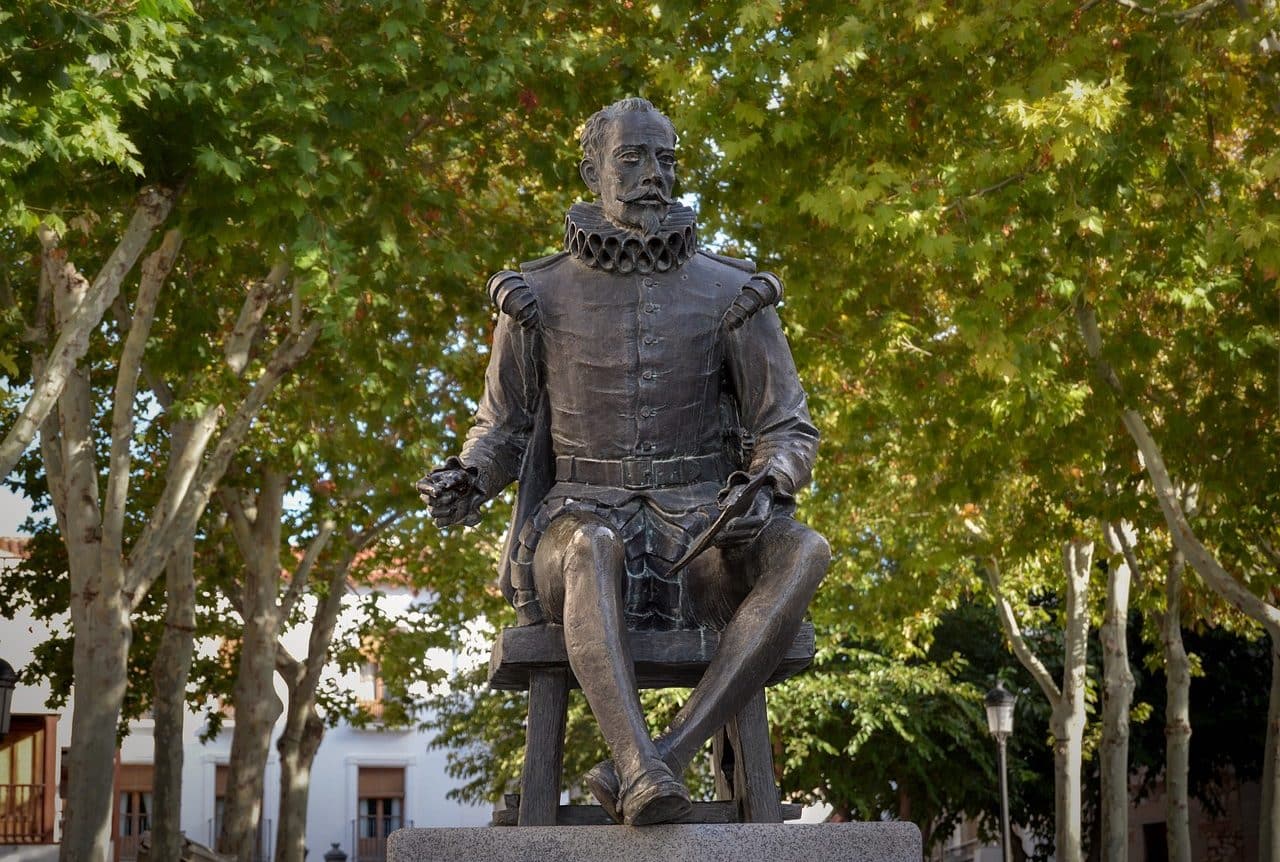
The Golden Age was a time of flowering of art and culture in Spain.
A golden century is a period of time in which art , science or another discipline has achieved significant development. For example: “We are living in the golden century of the telecommunications industry” , “The golden century of Italian art is already far away” , “This poet is one of the greatest exponents of the golden century” .
It is important to mention that a century is a period of time that extends for one hundred years. Gold , for its part, is a precious metal of great value. If we take these two definitions literally, the expression golden century makes no sense. However, the phrase gains relevance due to its symbolic meaning.
It is important to note that a golden century does not extend exactly for one hundred years . It is a concept that allows various events and personalities to be grouped together, without an exact or precise time limit.
The Golden Age of Spain
Golden Age is the name of a period of splendor of Spanish culture that occurred between the 16th century (the Renaissance ) and the 17th century (the Baroque ). There are experts who place the birth of this golden century (or Siglo de Oro , with initial capital letters when referring to the name of this specific period) in the edition of “Castilian Grammar” by Antonio de Nebrija , which took place in 1492 , and the end of the period in 1681 , when Pedro Calderón de la Barca died.
In the Spanish Golden Age , therefore, Garcilaso de la Vega , Miguel de Cervantes , Lope de Vega , Francisco de Quevedo , Luis de Góngora and other authors who today are considered classics of universal literature coexisted.

The Spanish Golden Age had references such as Miguel de Cervantes.
Its characteristics
During the Golden Age , in Spain there was a unique combination of literary and aesthetic genres that distinguished the works produced at that time from the rest, to the point of becoming a source of inspiration for many writers from all over the world. This strong influence of authors such as those mentioned in the previous paragraph extends even to the present.
The development of a popularizing and realistic aesthetic stands out, continuing the trend that had emerged in the peninsular Middle Ages , opposed to the nobilizing, chivalric and excessive idealism typical of the Renaissance .
Genres that emerged in the Golden Age
Some of the genres born in the Spanish Golden Age , all considered naturalistic, are the following: the picaresque novel (with exponents such as "Guzmán de Alfarache" , "Lazarillo de Tormes" and "The life and events of Estebanillo González" ), the celestinesco ( "Segunda Celestina" and "Tragicomedy of Calisto and Melibea" ) and the modern polyphonic novel (with the mythical "Don Quixote of La Mancha" ).
It can be said that one of the features of the Spanish Golden Age was an anti-classical tendency, and this can also be seen in the new comedy , by Lope de Vega , which he disseminated through an essay in verse titled "Arte Nuevo de make comedies at this time" , published at the beginning of the 17th century . Other names of great influence were Tirso de Molina, Juan Ruiz de Alarcón, Antonio Mira de Amescua, Juan Pérez de Montalbán, Luis Vélez de Guevara and Guillén de Castro .
Lope de Vega was one of the most prominent figures of the Golden Age ; Miguel de Cervantes himself referred to him as a "monster of nature" and he was also known as "the Phoenix of Wits." Among the reasons for such nicknames is his immense legacy, which includes novels, collections of humorous, religious and secular poetry , narrative and epic poems, and plays .
In prose, the chronicle emerged, as a result of the conquest of America , and some of the prominent authors in this genre were Garcilaso de la Vega, Fray Bartolomé de las Casas, Antonio de Solís and Bernal Días del Castillo .
